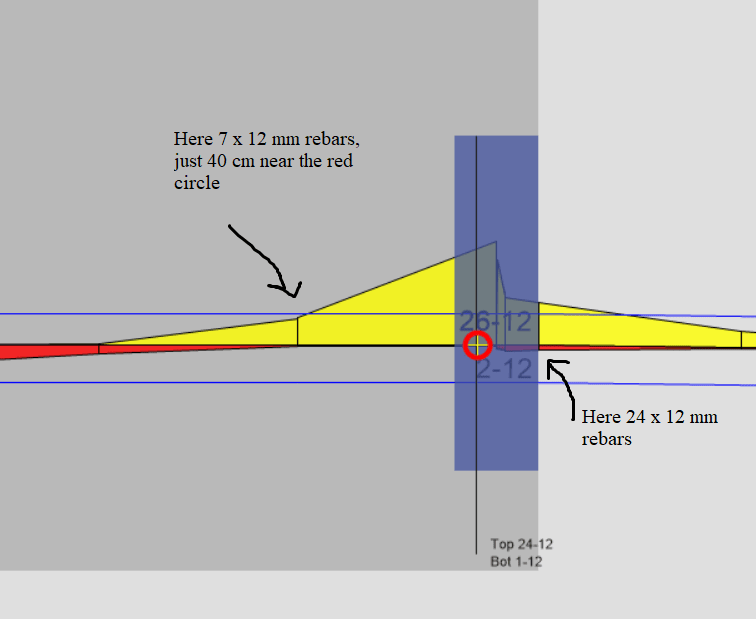T2ioTD
Civil/Environmental
- Feb 4, 2020
- 38
There are at least two youtube tutorials on the internet stating that we cannot use the peak reinforcement given by Safe (or Etabs) above columns, and that we should take a nearby (lesser value), because the peak rebar is too much concentrate in narrow area above column.
Is this correct? Any insight on the best practices? how far should I go beyond those peak zones to read the rebar values?
Attached is an example of the matter

Is this correct? Any insight on the best practices? how far should I go beyond those peak zones to read the rebar values?
Attached is an example of the matter



